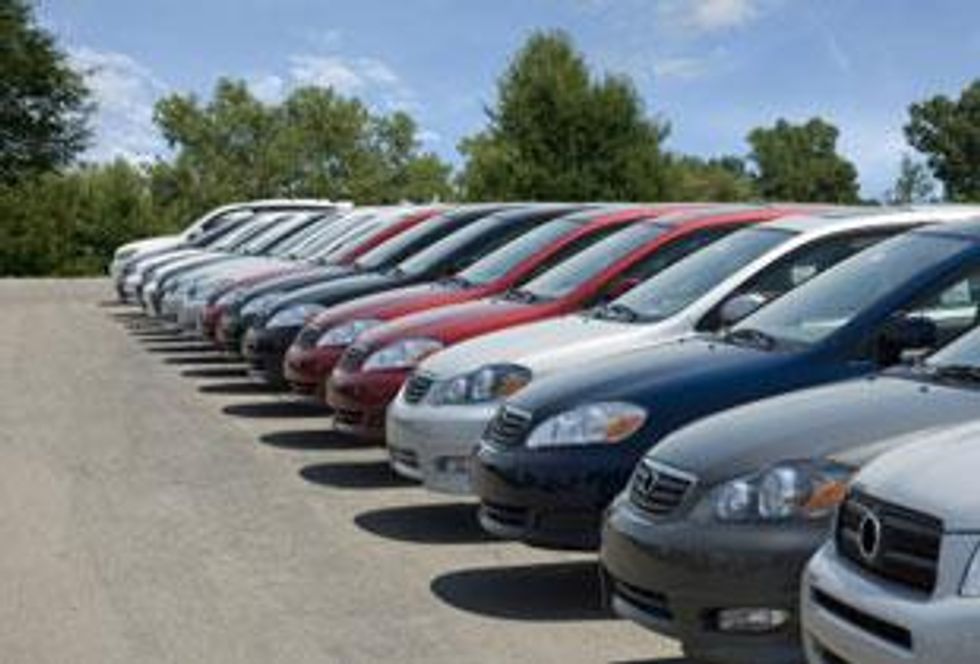- AustraliaNorth AmericaWorld
Investing News NetworkYour trusted source for investing success
- Lithium Outlook
- Oil and Gas Outlook
- Gold Outlook Report
- Uranium Outlook
- Rare Earths Outlook
- All Outlook Reports
- Top Generative AI Stocks
- Top EV Stocks
- Biggest AI Companies
- Biggest Blockchain Stocks
- Biggest Cryptocurrency-mining Stocks
- Biggest Cybersecurity Companies
- Biggest Robotics Companies
- Biggest Social Media Companies
- Biggest Technology ETFs
- Artificial Intellgience ETFs
- Robotics ETFs
- Canadian Cryptocurrency ETFs
- Artificial Intelligence Outlook
- EV Outlook
- Cleantech Outlook
- Crypto Outlook
- Tech Outlook
- All Market Outlook Reports
- Cannabis Weekly Round-Up
- Top Alzheimer's Treatment Stocks
- Top Biotech Stocks
- Top Plant-based Food Stocks
- Biggest Cannabis Stocks
- Biggest Pharma Stocks
- Longevity Stocks to Watch
- Psychedelics Stocks to Watch
- Top Cobalt Stocks
- Small Biotech ETFs to Watch
- Top Life Science ETFs
- Biggest Pharmaceutical ETFs
- Life Science Outlook
- Biotech Outlook
- Cannabis Outlook
- Pharma Outlook
- Psychedelics Outlook
- All Market Outlook Reports
Except for a ten-day period from March 14th to the 24th when palladium prices fell off a cliff and then steadily rebuilt, the impact of the Japanese troubles on the price of palladium has been limited.
By Robert Moskowitz–Exclusive to Palladium Investing News
The situation in Japan is dire, and some parts of it — housing and the Fukushima Daichi nuclear reactors, for example — are almost certainly going to present continuing problems over the long term.
Forming as it does a major part of the palladium industrial complex (Johnson Matthey pegged Japanese demand for palladium at 1.37 million ounces in 2010, out of a world-wide demand somewhere north of 5 million ounces), it’s sensible to investigate the impact Japan’s devastation is likely to have on the price of palladium going forward.
First, a bit of recent history: From a London high of $859 on February 21st — effectively double its year-ago price — palladium began trending down toward the mid-700′s, touching bottom ($700 fix, $684 spot) on March 15th (just four days after Japan’s earthquake-tsunami debacle), and closing out March at $766. For comparison, gold and silver have both added a few dollars during the same period.
Palladium being primarily an industrial metal, with about half of each year’s mining production going directly into catalytic converters for gasoline-fueled cars and trucks, and additional demand coming from manufacturers of electronics and even low-tack adhesives, the anticipated and actual fall-off in industrial activity that followed the Japanese disaster could easily explain the subsequent short-term trough.
According to Patricia Mohr, Vice-President, Economics and Commodity Market Specialist at Scotiabank, Japan’s earthquake, tsunami, and resulting power outages that have severely disrupted auto parts production are certainly an important negative in the palladium market. Japan accounts for about 14 percent of global motor vehicle assembly capacity, and with that capacity crippled, there has been a ripple impact throughout the global supply chain, tending to delay the production and use of converters throughout the world. By some estimates, more than 325,000 light vehicles that would have been built in Japan through the end of March were canceled or delayed. Each catalytic converter in these vehicles would have required an average of four to five grams of the metal.
Stable and plentiful supplies of electricity are fundamental to a recovery in Japan’s manufacturing capacity, according to Ms. Mohr. That’s why observers are pleased to learn that Japan has already arranged for the LNG cargoes they need to offset the country’s loss of about 9.7 MW of nuclear generating capacity.
“Within several weeks,” says Mohr, “the electric situation will stabilize. Within a month, parts of the Japanese economy will settle down and start reviving. Sectors like home building will take a while, of course, but that doesn’t impact the palladium market. Within a month the global supply chain disruptions will start to disappear, and demand will move ahead again.”
To underscore the point, among Honda Motor Co., Nissan Motor Co., and Toyota Motor Corp., which all reported closing their factories in Japan in the aftermath of the earthquake, at least one (Toyota) has now announced plans to restart production of selected models.
So except for a ten-day period from March 14th to the 24th when palladium prices fell off a cliff and then steadily rebuilt, the impact of the Japanese troubles on the price of palladium has been quite limited.
“This doesn’t surprise me,” says Mohr. “The rebuilding in Japan is going to tend to boost their economy. I would imagine the rebuilding effort in Japan will be quite a positive for base metals. Aluminum recently set a six month high. At current prices copper is extremely lucrative for mining companies. Those are different markets, but following this tragedy some positive things will ensue. The situation for palladium will steady up. Other factors [besides those in Japan] will turn out to be more important. For example, auto sales in China will be up 15 percent or so, which is quite strong after the enormous 33 percent increase there last year. After the world sees that demand for automobiles is returning, the price for palladium will move higher again.”
In this view, then, Japan’s earthquake and tsunami may have created only a short window of opportunity in which to take new positions in the palladium market.
Investing News Network websites or approved third-party tools use cookies. Please refer to the cookie policy for collected data, privacy and GDPR compliance. By continuing to browse the site, you agree to our use of cookies.
